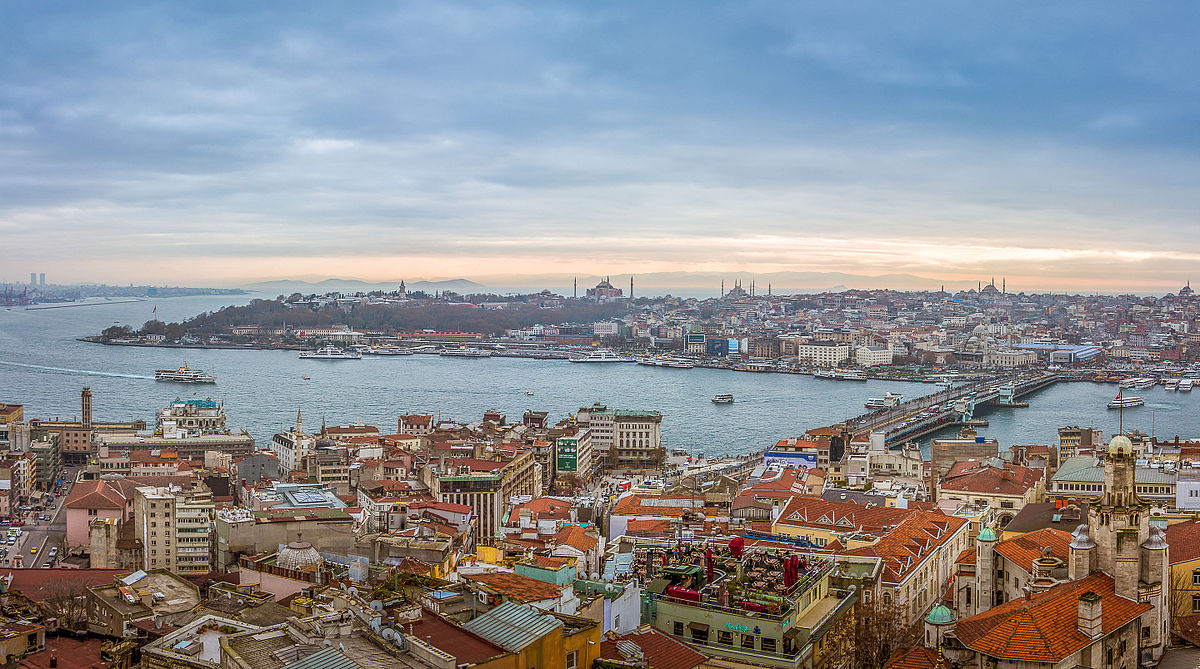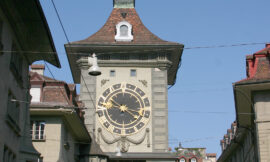
Istanbul: Where East Meets West in a Tapestry of History and Culture
Nestled strategically at the crossroads of Europe and Asia, Istanbul, formerly known as Byzantium and later Constantinople, is a city that weaves together the threads of history, culture, and geography into a vibrant tapestry. This sprawling metropolis, divided by the Bosphorus Strait, stands as a living testament to its rich and diverse heritage, offering a captivating blend of ancient wonders and modern sophistication.
At the heart of Istanbul lies the historic peninsula, where the city’s most iconic landmarks are concentrated. The Hagia Sophia, a marvel of Byzantine architecture, has stood witness to centuries of change. Originally built as a cathedral, it later became a mosque and is now a museum, symbolizing the city’s complex and layered history. Adjacent to the Hagia Sophia is the Blue Mosque, officially known as the Sultan Ahmed Mosque, with its striking blue tiles and towering minarets, showcasing the grandeur of Ottoman design.
The Topkapi Palace, another jewel on the historic peninsula, served as the imperial residence for Ottoman sultans for centuries. Its opulent courtyards, intricate chambers, and stunning views of the Bosphorus evoke the splendor of a bygone era. The palace complex houses artifacts, including the famous Topkapi Dagger and the Spoonmaker’s Diamond, providing a glimpse into the lavish lifestyle of Ottoman rulers.
The Grand Bazaar, one of the world’s oldest and largest covered markets, beckons visitors with its labyrinthine alleys filled with a kaleidoscope of goods. From intricate carpets and textiles to spices, jewelry, and antiques, the Grand Bazaar is a sensory delight, reflecting Istanbul’s role as a historical hub of trade and commerce.
The Bosphorus Strait, a natural dividing line between Europe and Asia, is not just a geographical feature but a cultural and symbolic one. Cruising along the Bosphorus offers breathtaking views of Istanbul’s skyline, with minarets punctuating the horizon. The city’s two sides, European and Asian, are connected by a network of bridges, creating a visual metaphor for the city’s unique position as a bridge between continents.
Istanbul’s modernity is evident in districts like Beyoglu and Taksim, where trendy cafes, art galleries, and boutiques coexist with historic landmarks. Istiklal Avenue, a bustling pedestrian street, is the heartbeat of modern Istanbul, lined with shops, theaters, and restaurants. The Galata Tower, standing tall in Beyoglu, provides panoramic views of the city, offering a perspective that spans centuries.
Culinary delights are an integral part of the Istanbul experience. Turkish cuisine, with its rich flavors and diverse influences, is a gastronomic journey. From the aromatic spices of the Grand Bazaar to the savory delights of kebabs and mezes, Istanbul’s food scene reflects the city’s cultural amalgamation.
Istanbul is not just a city frozen in the past; it’s a dynamic metropolis that embraces the present and looks toward the future. The city’s vibrant arts scene, with contemporary galleries and cultural festivals, complements its historical legacy. The Istanbul Modern, a contemporary art museum, stands as a testament to the city’s commitment to fostering creativity and innovation.
In conclusion, Istanbul is a city that defies easy categorization. It is a bridge between continents, a meeting point of cultures, and a repository of history. The minarets and domes that grace its skyline tell a tale of empires, while the bustling markets and modern districts reveal a city in constant motion. Istanbul invites visitors to immerse themselves in its captivating narrative, where East meets West, and tradition dances with modernity in a harmonious choreography that defines this extraordinary city.



